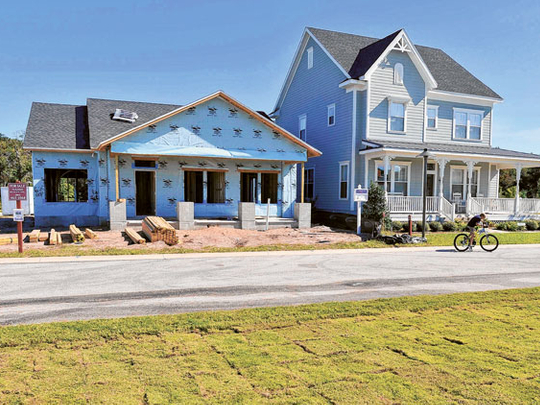
Dubai: Florida is attracting a lot of interest from this part of the world, and it's not just for the sun.
Over the past year or more, Middle East investors have been snapping up real estate in Florida, making full use of some of the best deals available in recent years, if not in a decade.
During this period, investors from the Middle East and Africa have pumped in nearly $1 billion into Florida's property sector, according to numbers from the US National Association of Realtors.
Omer Ghani, CEO of Fine and Country, said: "Since 2007, as Florida's real estate prices have declined significantly from their peaks, investors are able to buy developed residential land or second/investment homes around the major tourist areas for rental income".
The company has an ongoing programme targeting regional investors with a US outlook.
Interestingly, these deals are being closed at prices near levels in vogue a "generation" ago.
But what explains this fascination with Florida among overseas investors?
"Low prices combined with the fact that Florida has historically had one of the highest in-migration rates among all the US states and one of the highest population growth rates makes it the most favoured destination for foreign buyers," Ghani added.
That's not to say other locations in the US have not had their share of interest from regional investors.
During the latest tracking period, these investors are estimated to have acquired property valued at a combined $2.64 billion compared with $1 billion purchased in 2008.
This refers to investments made by individuals in residential property alone.
Increasing interest
The median price paid by overseas investors on US property was $219,400 during the last reported period.
"There is definite and existing interest in US property by Middle East investors and — as the numbers suggest — is a significantly increasing interest," Ghani said.
"This is of course driven by compelling valuations that are now available across all types of property assets.
"Pricing has now become so attractive that it's becoming hard to ignore, even for the most sceptical of investors.
"Significantly, US properties are now no longer the purview of the wealthy, and have reached levels of affordability where a mid-income investor is able to find a suitable property."
Prospects of an immediate improvement in US property values remain remote, as do forecasts for the general economy.
"Real estate supply continues to run well ahead of subdued demand, and credit remains tight," Ghani said.
Stricter standards
"The situation is further exacerbated by lenders introducing significantly stricter underwriting standards and making it difficult for potential buyers to obtain finance for their homes."
There was also the unemployment factor, which "prevents people from buying houses, while the fear of unemployment causes people to delay buying decisions. This then caused supply to stay in the market.
"However, even with the perceived negative investor sentiment, the current existing home sales are around 4.2 million a year — in Dubai they were around 7,000 in 2009 — and available inventory is also around four million homes, which means there is 12 months' inventory in the market."
With the economy still in stasis, new home construction has dropped to "historical" lows of around 500,000 units a year since 2009.
"Which means there is a shortfall of around 800,000 to one million homes a year that is building up," said Ghani.











